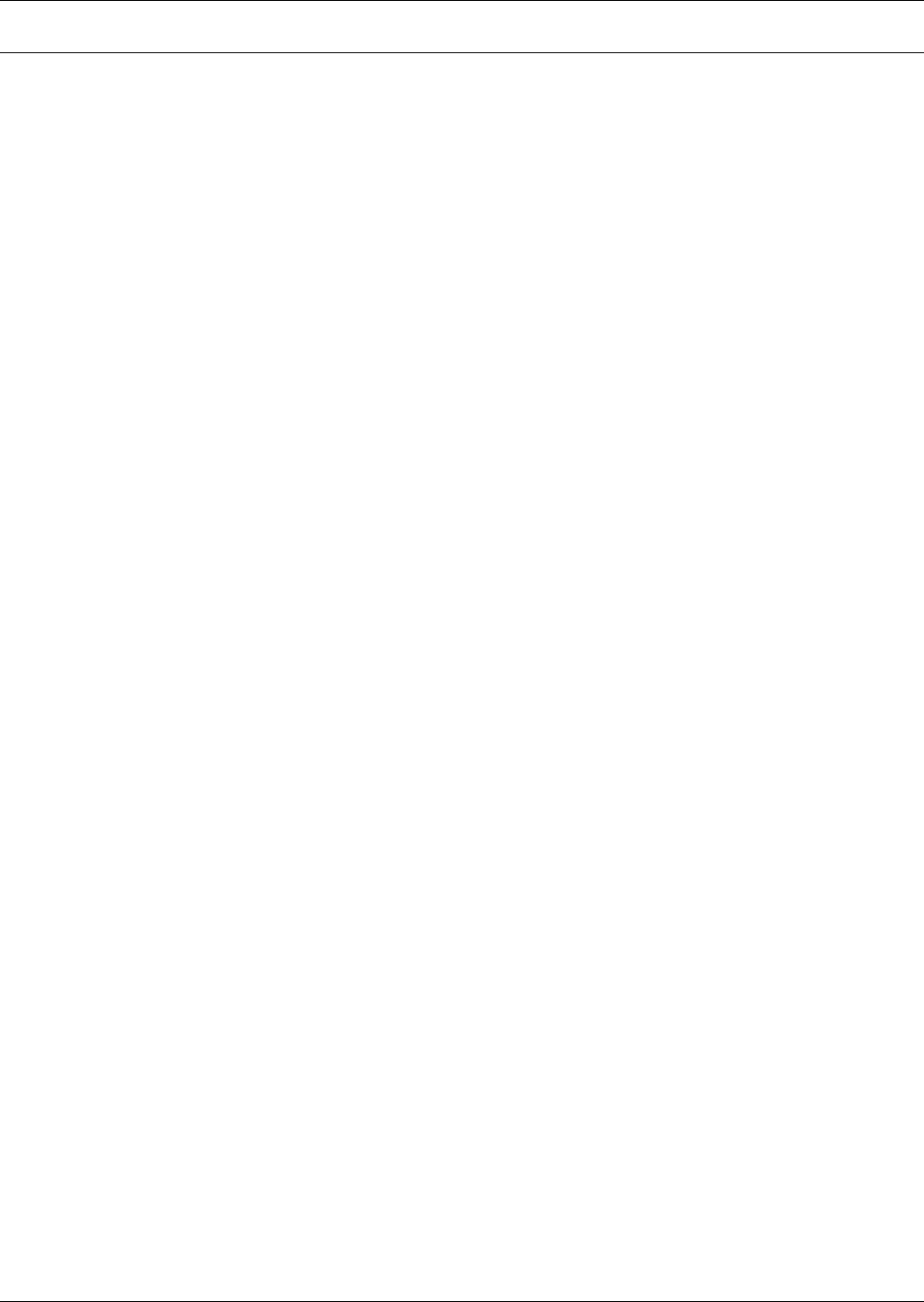User Manual
Table Of Contents
- Important Safety Instructions
- SAVE THESE INSTRUCTIONS
- 1.0 Introduction
- 2.0 Startup
- 3.0 Operation with iCOM Control
- 4.0 Liebert iCOM Display Components and Functions
- Figure 2 Liebert iCOM display components
- Table 1 Keyboard icons and functions
- Figure 3 Liebert iCOM default screen symbols
- 4.1 Navigating Through the Liebert iCOM Display
- 4.2 Changing Operational Settings
- 4.3 Changing Liebert iCOM’s Display Settings
- 4.4 Graphical Data Record
- 4.5 Liebert iCOM Service Menu Icons and Legend
- 4.6 Wiring for Unit-to-Unit Communications—U2U
- 4.7 Entering Network Setup Information
- 4.8 Viewing Multiple Units with a Networked Large Display
- 5.0 Operation
- 6.0 Alarm Descriptions
- 6.1 Standard Alarms
- 6.1.1 Change Filter
- 6.1.2 Compressor Overload
- 6.1.3 High Head Pressure
- 6.1.4 High Humidity
- 6.1.5 High Humidity and Low Humidity (Simultaneously)
- 6.1.6 High Temperature
- 6.1.7 High Temperature and Low Temperature (Simultaneously)
- 6.1.8 Humidifier Problem
- 6.1.9 Loss of Air Flow
- 6.1.10 Loss of Power
- 6.1.11 Low Humidity
- 6.1.12 Low Suction Pressure
- 6.1.13 Low Temperature
- 6.1.14 Main Fan Overload
- 6.1.15 Short Cycle
- 6.2 Optional Alarms
- 6.3 Set Alarms—User Menus
- 6.1 Standard Alarms
- 7.0 Component Operation and Maintenance
- 7.1 System Testing
- 7.2 Filters
- 7.3 Blower Package
- 7.4 Refrigeration System
- 7.4.1 Suction Pressure
- 7.4.2 Discharge Pressure
- 7.4.3 Superheat
- 7.4.4 Thermostatic Expansion Valve
- 7.4.5 Hot Gas Bypass Valve—Not Available on Digital Scroll Units
- 7.4.6 Air Cooled Condenser
- 7.4.7 Water/Glycol Cooled Condensers
- 7.4.8 Motorized Ball Valve—Digital Scroll Compressor
- 7.4.9 Regulating Valve—Scroll Compressor
- 7.4.10 Drycooler Settings
- 7.4.11 Compressor Oil
- 7.5 Compressor Replacement
- 7.6 Facility Fluid and Piping Maintenance for Water and Glycol Systems
- 7.7 Humidifier
- 8.0 Troubleshooting
- Table 12 Blower troubleshooting
- Table 13 Chilled water troubleshooting
- Table 14 Compressor and refrigeration system troubleshooting
- Table 15 Dehumidification troubleshooting
- Table 16 Glycol pump troubleshooting
- Table 17 Infrared humidifier troubleshooting
- Table 18 Steam generating humidifier troubleshooting
- Table 19 Reheat troubleshooting
- 9.0 Monthly Maintenance Inspection Checklist
- 10.0 Semiannual Maintenance Inspection Checklist

Alarm Descriptions
32
6.0 ALARM DESCRIPTIONS
The Liebert iCOM will audibly and visually annunciate all enabled alarms. Alarms are wired from
Terminal 24 through a normally open contact to locations 50, 51, 55 and 56, respectively, for alarms 1
through 4.
The alarms can be delayed from 0 to 255 seconds.
The alarms can be designated as WARNING, URGENT, or DISABLED. Alarms designated as
WARNINGS are annunciated after the Time Delay, but do not energize the Common Alarm Relay. If
designated as URGENT, they are annunciated after the Time Delay as a WARNING alarm and then
re-annunciated after a user programmable period from 0 minutes to 999 hours as an URGENT alarm.
When annunciated as an URGENT alarm, the Common Alarm Relay is activated.
When a new alarm occurs, it is displayed on the screen and the audible alarm is activated. If the Lie-
bert Challenger 3000/Liebert Challenger ITR with iCOM is communicating with a Liebert site moni-
toring product, the alarm is also transmitted. The display will also show a message to “PRESS
ENTER KEY TO SILENCE” the alarm. After the alarm is silenced, the display will return to the Nor-
mal Status Display.
The alarms can also be silenced through communications with a Liebert site monitoring unit. Most
alarms will reset automatically when the alarm condition is no longer present and only after it has
been acknowledged by being “Silenced.” The exceptions are:
• The three software alarms: Loss of Power, Low Suction Pressure, and Short Cycle, which reset
automatically 90 minutes after being “Silenced” or acknowledged.
• Some alarms, such as overloads and high pressure switches, may require a manual reset depend-
ing on your model.
An alarms history is retained in nonvolatile memory.
6.1 Standard Alarms
6.1.1 Change Filter
Periodically, the return air filters in the environmental units must be changed. The Change Filter
alarm notifies the user that filter replacement is necessary. A differential air pressure switch closes
when the pressure drop across the filters becomes excessive. The switch is adjustable using the proce-
dure on the switch label.
6.1.2 Compressor Overload
An optional tri-block overload device can be used for the compressor. Compressor overload may be
manual or automatic reset, depending on your model. Overload is located at the electric connection
box on the compressor.










